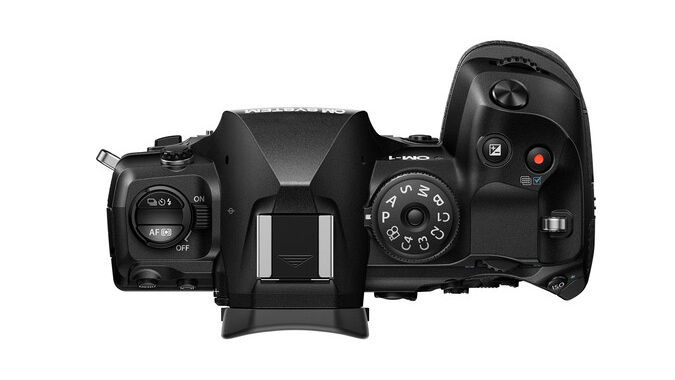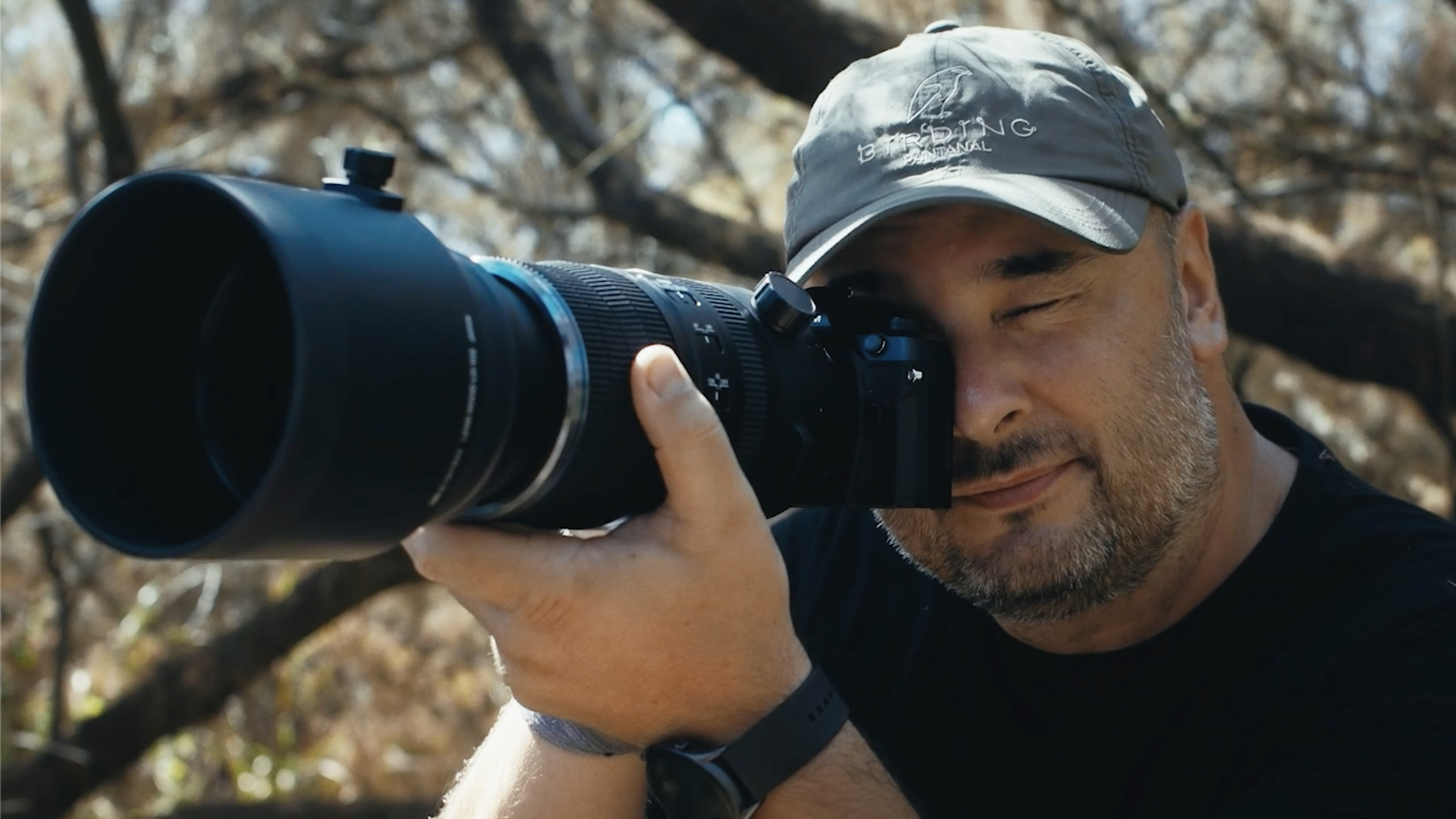
A couple of years on from the ejection from the parent ship, things are starting to look a lot brighter for OM Digital Solutions… which you and I previously knew as Olympus. There was much murmuring at the times that a hard road lay ahead and, to some extent, it did, but there were benefits from getting out of Olympus…specifically that the camera business started to get the attention it deserved, both creatively and fi financially. Previously, it was third in line behind the scientific and medical operations.
The OM System branding is starting to gain recognition and here in Australia OMDS is working on a global marketing strategy anchored on the tagline “It’s in our nature”… which I’ll get to in a minute.
At the hearteningly upbeat unveiling of the OM-1 Mark II in Sydney, we were told of the plan to concentrate on promoting OM System as the obvious choice for any outdoor-type photography thanks to the portability of the cameras and lenses. This is, of course, all down to the Micro Four Thirds sensor, which OM Digital Solutions (OMDS) is making its own, also emphasizing that the smaller size is still big on image quality.
From a camera company making outdoor-orientated products, OMDS says it is shifting to become an outdoor company making imaging products. It’s a subtle shift, but also a significant one in terms of positioning the OM System brand in a different… ahem, space to the other camera-makers.

The term “outdoors” encompasses wildlife, macro, landscape, travel and adventure. You’d have to think the timing is pretty good, given getting back to nature in one way or another is more popular than ever as an antidote to the various upheavals happening around the world. Furthermore, OMDS is invoking the essence of kacho fugetsu, which combines the kanji characters for flower (ka), bird (cho), wind (fu), and moon (getsu) to signify immersing yourself in nature and all its beauties. It’s an enticing message, and linking OM System with a very desirable way of living is genius. Certainly, all the OM Ambassadors seem to have a lovely time in the great outdoors… I want some of what they’re having. Well, you know what to do then.
The OM-1 Mark II is now a badged OM System; the use of the Olympus brand is a special dispensation for the first model, which, incidentally, has been a huge success. There does, however, appear to be a general keenness to move beyond everything Olympus, albeit while still acknowledging, in particular, that the brilliance of the legendary Yoshihisa Maitani is still at the cornerstone of the current OM System design philosophy. The Mark II camera has some pretty interesting features, topped by a ‘live’ (ie digitally-generated) graduated neutral density filter which, if you’ve ever fumbled around with a filter holder system in bad weather, could well be the answer to your prayers.

Nevertheless, it’s the new M.Zuiko Digital 150-600mm f.5.0-6.3 telezoom that perhaps best exemplifi es what OM System is becoming. It’s equivalent to 300-1200mm, and you can use it hand-held because it only weighs a shade over two kilos and is around 26 centimetres in length (although it does extend with zooming).
There are pretty decent close-up focusing capabilities, it’s well sealed to the IPX1 standard, and the OIS gives up to six stops of correction for camera shake (boosted to seven with the ‘Sync I.S.’ OM bodies). It isn’t all that expensive either, and certainly not when compared to the 150-400mm f/4.5 which gives you up to 1000mm (effective) with the 1.25x teleconverter switched in. The new 150-600mm is close to a third of the price… and you get 300-1200mm in the hand.
With a much clearer sense, it seems, of its both identity and objectives, OM System is going places – pun entirely intended – and it wants to take you with it. The emphasis on communing with nature and coming home with some great pictures is a good start, but making the subject as much a destination as the photography brings in additional experiential elements of being in nature such as awareness, stillness and perhaps even spirituality tap into much deeper emotional responses.
Many of these things have, in reality, always been a part of photography, but OMDS is perhaps the first to so implicitly link them to what you might be able to achieve – and enjoy – with its cameras and lenses. So, if you buy the messaging (and it is, indeed, appealing), then buying into the OM System is not just brand choice, it’s also – potentially at least – a lifestyle choice. In which case, it’s not the size of the sensor that matters most, but what you do with it.







